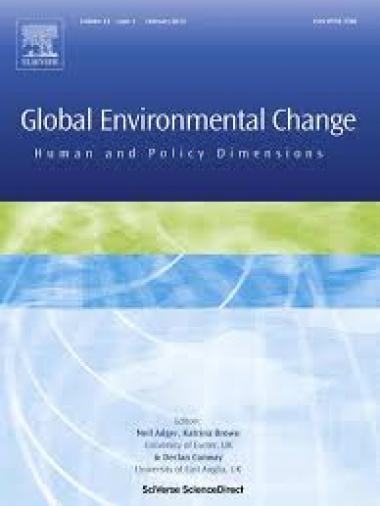Current trends of rubber plantation expansion may threaten biodiversity and livelihoods

The first decade of the new millennium saw a boom in rubber prices. This led to rapid and widespread land conversion to monoculture rubber plantations in continental SE Asia, where natural rubber production has increased >50% since 2000. Here, we analyze the subsequent spread of rubber between 2005 and 2010 in combination with environmental data and reports on rubber plantation performance. We show that rubber has been planted into increasingly sub-optimal environments. Currently, 72% of plantation area is in environmentally marginal zones where reduced yields are likely. An estimated 57% of the area is susceptible to insufficient water availability, erosion, frost, or wind damage, all of which may make long-term rubber production unsustainable. In 2013 typhoons destroyed plantations worth US$ >250 million in Vietnam alone, and future climate change is likely to lead to a net exacerbation of environmental marginality for both current and predicted future rubber plantation area. New rubber plantations are also frequently placed on lands that are important for biodiversity conservation and ecological functions. For example, between 2005 and 2010 >2500 km2 of natural tree cover and 610 km2 of protected areas were converted to plantations. Overall, expansion into marginal areas creates potential for loss-loss scenarios: clearing of high-biodiversity value land for economically unsustainable plantations that are poorly adapted to local conditions and alter landscape functions (e.g. hydrology, erosion) – ultimately compromising livelihoods, particularly when rubber prices fall.
Citación
Ahrends A, Hollingsworth PM, Ziegler AD, Fox JM, Chen H, Su Y, Xu J. 2015. Current trends of rubber plantation expansion may threaten biodiversity and livelihoods. Global Environmental Change 34:45-58.